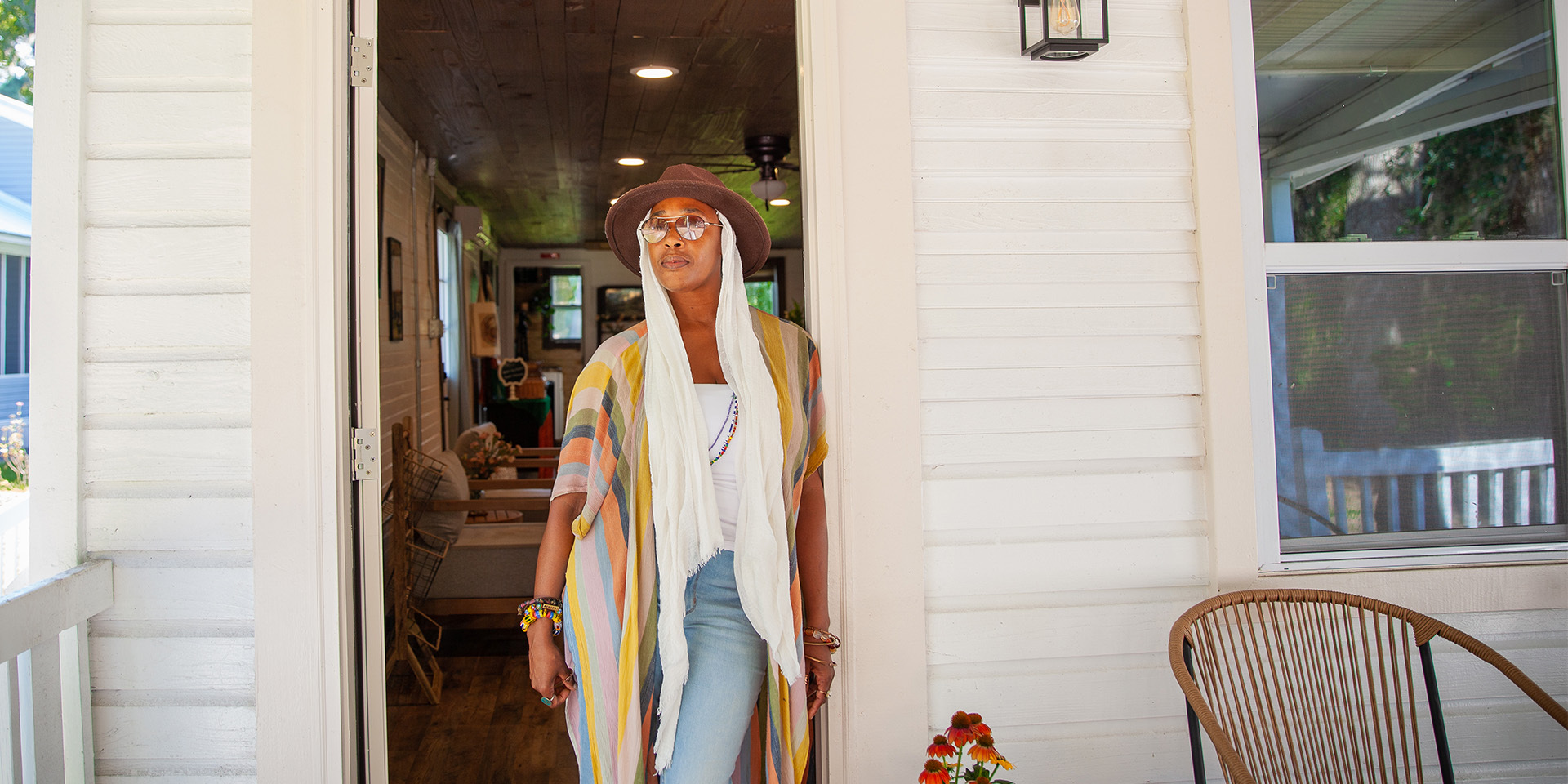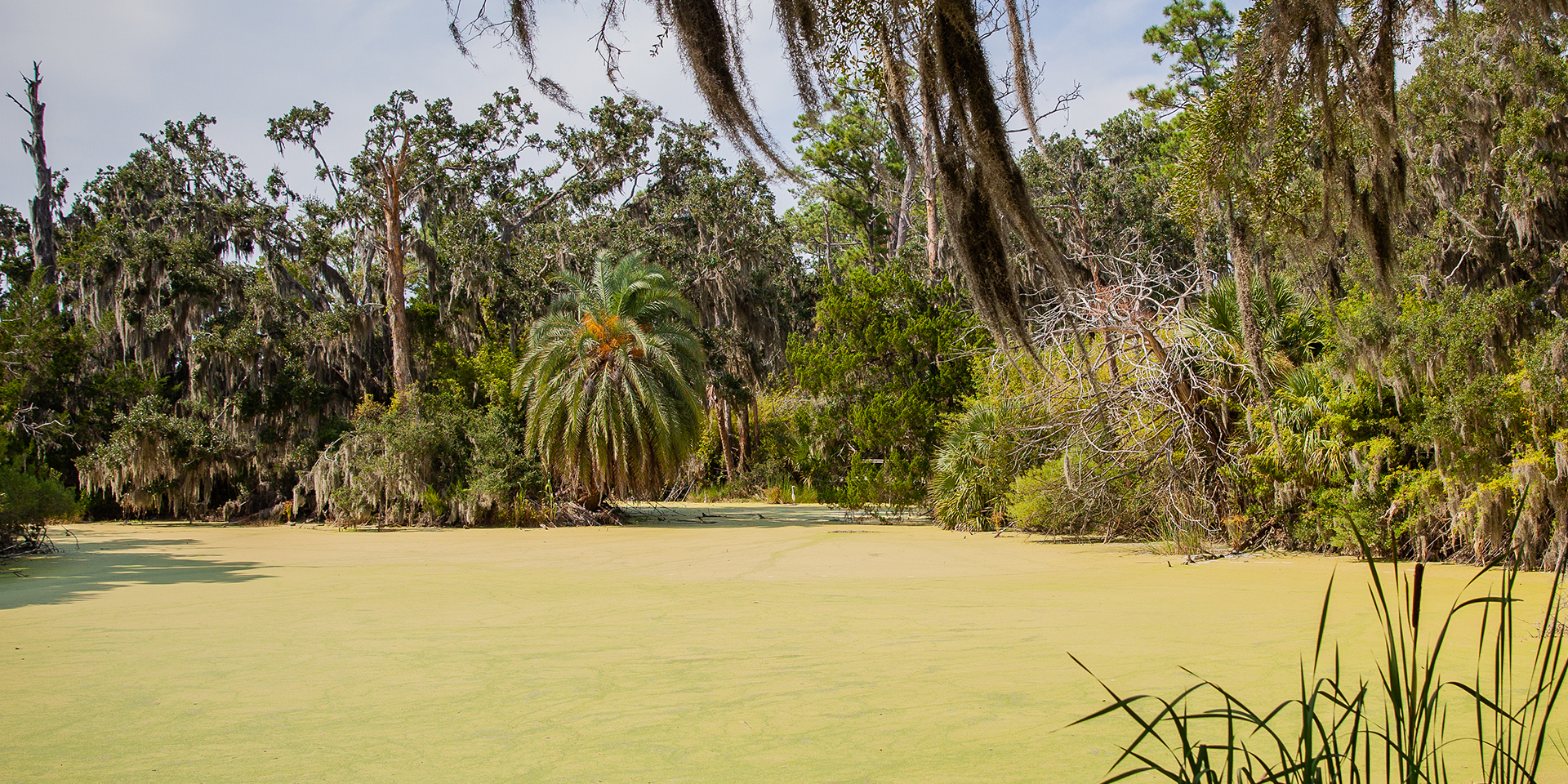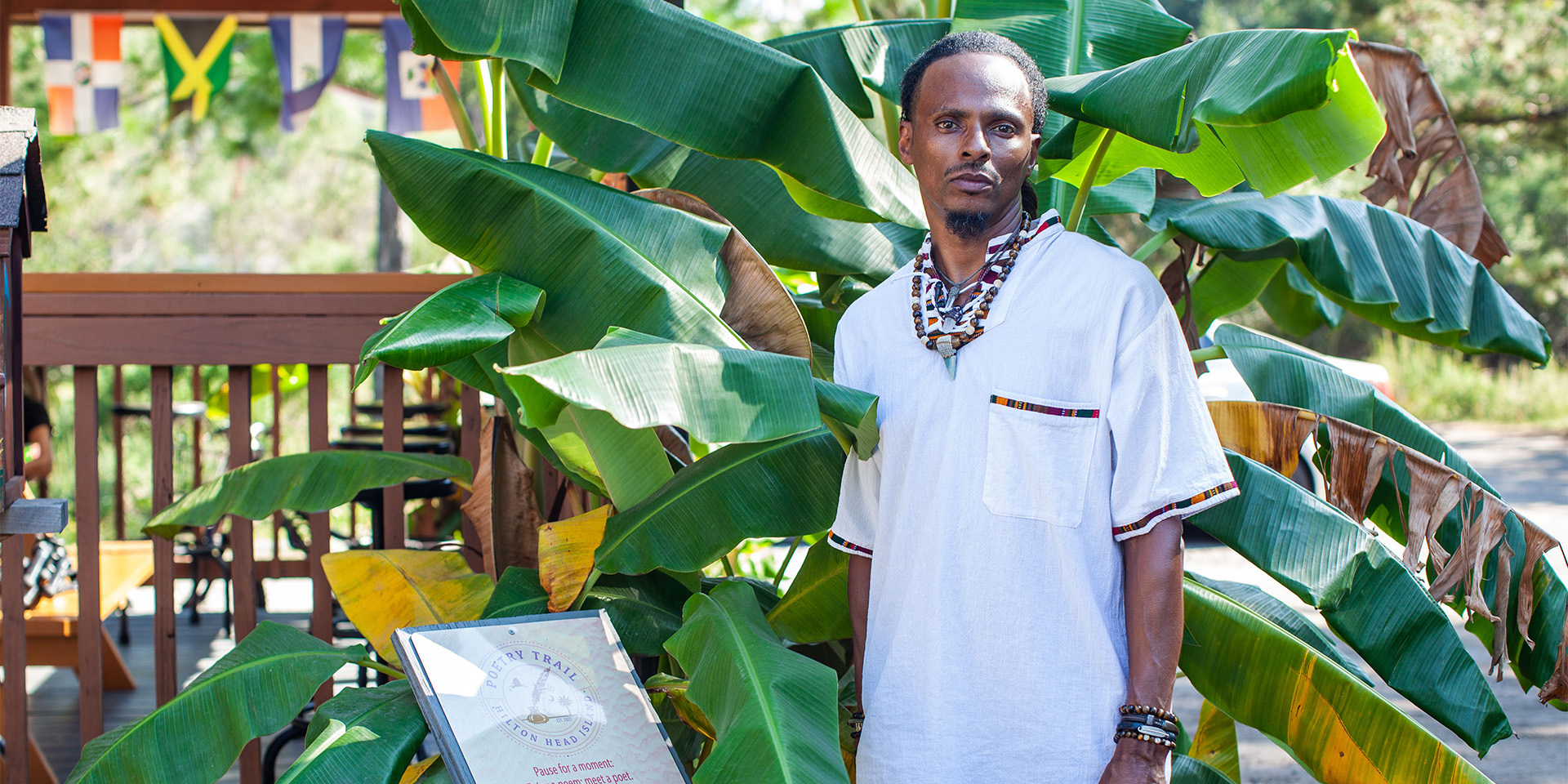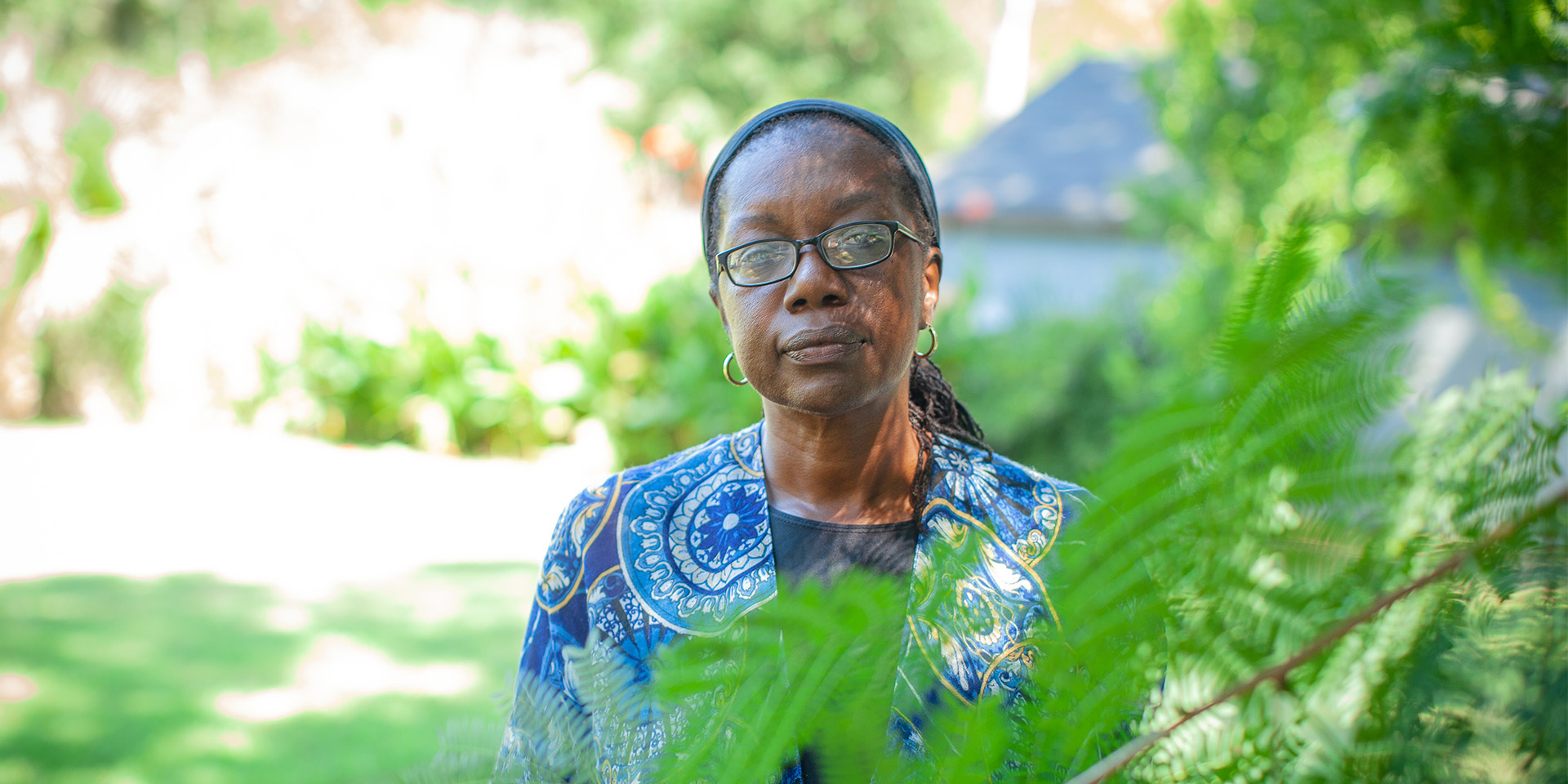Editor’s note: This is the third story in the “Gullah-Geechee vs. Greed” series about the fight to preserve the last of the Black communities on these islands off the southeast Atlantic coast.
Despite sprawling thousands of acres off the Georgia shoreline, Sapelo Island has managed to keep a low profile for a very long time.
Traces of civilization on the island go back almost 6,000 years, to the 12-foot-high, 180-foot-diameter wall that remains on its western side. It is thought that early members of the Guale tribe built the Sapelo Shell Ring — a large, circular deposit of shell, bone, soil and artifacts — but little is known of the purpose or use for the arena-like structure.
In many ways, the island remains much the same as it was when those early Indigenous people walked its paths.
Parthenia Myers, executive director of Mystic Roots Foundation — a nonprofit that advances environmental sustainability, ancestral knowledge and ecological justice through living in harmony with the land — said the lush natural beauty and deep cultural roots of Sapelo helped inspire her decision to locate her operation there four years ago.
“It’s been an adventure,” said Myers, a native of coastal neighbor St. Mary’s, Georgia. “It’s been a coming home to self. I feel like I have rebirthed, a whole new version of myself being here on Sapelo. The thing that I love about this island is that it is full of mother energy, right? There’s nothing here but nature, and I love that because it’s a place where you can hear the voice of the Creator.”
Myers said her foundation is dedicated to “Black agrarianism” — the upliftment of holistic living, agriculture, food sovereignty and economic development through agriculture. She has set up shop in Mr. Hall’s General Store, which has been refurbished after lying idle for 55 years.
“We were able to renovate the store and turn it into an artisan market,” Myers said. “The purpose is for it to be a place where artisans here in the community, descendants here in the community, could have a place to sell the things that they make with their hands.”
But the roots of Sapelo are changing. While Myers sees nature and spirit in the soil, others see money and exclusivity, both of which offer access to power and influence.
That desire — amongst those who can afford them — for oceanfront getaways, vacation spots or retirement destinations is driving interest from outsiders in the small portion of the island not under the control of the Georgia Department of Natural Resources (DNR). It is the same sort of motivation that drove R.J. Reynolds — a former enslaver who founded the R.J. Reynolds Tobacco Co. — to purchase the bulk of the property on the island in 1934.
That desire conflicts with the continued existence of the island’s Gullah-Geechee residents and culture. The Geechee people have inhabited Sapelo Island for more than 150 years, ever since their ancestors were either initially granted, or later purchased, land after they were freed from slavery.
It is also pushing residents into the courts to protect their culture and quality of life. Aside from the decades-old fights to hold on to ancestral properties, McIntosh County changed its development standards to allow larger homes to be built on the island. This has alarmed residents who have lived their lives largely off the land, either through farming, fishing or manual labor, and who face higher property taxes as real estate values increase, further jeopardizing their hold on ancestral property.
Attorneys for the Southern Poverty Law Center’s Economic Justice litigation team are representing several Sapelo residents in a lawsuit targeting the zoning changes and processes that are forcing people out of their homes to make way for wealthier outsiders.
“Living over here is simple,” said Ire Gene Grovner Sr., who will turn 70 on Oct. 29. He was born and raised on Sapelo — as were his parents, their parents and generations of Grovners going back almost two centuries.
“What was here was simple,” he said. “I don’t know how it’s going to be now.”

Notoriety through tragedy
It was almost a year ago, on Oct. 19, that most people first heard of Sapelo Island. The collapse of the island’s Marsh Landing Dock caused seven deaths and nearly two dozen injuries as visitors boarded a ferry. The crowd had been on the island to experience the annual Sapelo Island Cultural Day, an event that draws thousands to savor the food, arts and culture of the island’s Geechee population.
The dock was a recent addition, the result of a lawsuit settlement residents reached with the state in 2020. The residents argued in the lawsuit that they had not received any services or improvements to their public infrastructure, even though they paid taxes. The dock’s manufacturers and designers are now at the center of an ongoing investigation into the tragedy, as well as multiple lawsuits.
While Atlantic coastal islands like Hilton Head to the north and St. Simons to the south have been developed into luxury getaway spots, Sapelo has dodged that fate.
But it did have some help.
Unlike the heavily gentrified barrier islands, it is not accessible to vehicular traffic. A state-run, passenger-only ferry provides limited service for the few dozen residents and a handful of visitors each day. A concrete road leaving the dock ends after a few hundred yards, turning first to asphalt then to dirt roads. Its electrical infrastructure is spotty, subject to fail in poor weather. Water lines are small, causing distribution problems and safety issues for those fighting potential fires.
The island also has very little commercial development to draw tourists. It is 97% state-owned, with 9,000 of its 16,500 acres making up the Sapelo Island Wildlife Management Area. Another 6,100 acres are under the protection of the Sapelo Island National Estuarine Research Reserve.
Even with all that, people who would turn the available land into summer homes for the leisure class continue to sniff around the island, seeking any angle — like relaxed zoning restrictions — to get in on a deal.
The SPLC first filed its lawsuit on behalf of several Sapelo residents in October 2023. It contests the 2023 zoning ordinance raising the allowable size of homes on the island to 3,000 square feet — more than twice the prior 1,400-square-foot limit — and more than doubled the height restriction from one-and-a-half stories to about three stories. That litigation is still working its way through the lower courts. In the meantime, several homes larger and taller than traditional Geechee homes have been built on the island, with others on the way.
In another effort to curb the gentrification of Sapelo, more than 2,300 McIntosh County voters signed an initiative calling for an election to dismiss the 2023 ordinance and return to the previous, smaller standards. A McIntosh County judge shut down the election last year after more than 800 votes had already been cast.
On Sept. 30, almost a year later, the Georgia Supreme Court sided with the voters and said the election should be allowed to continue.
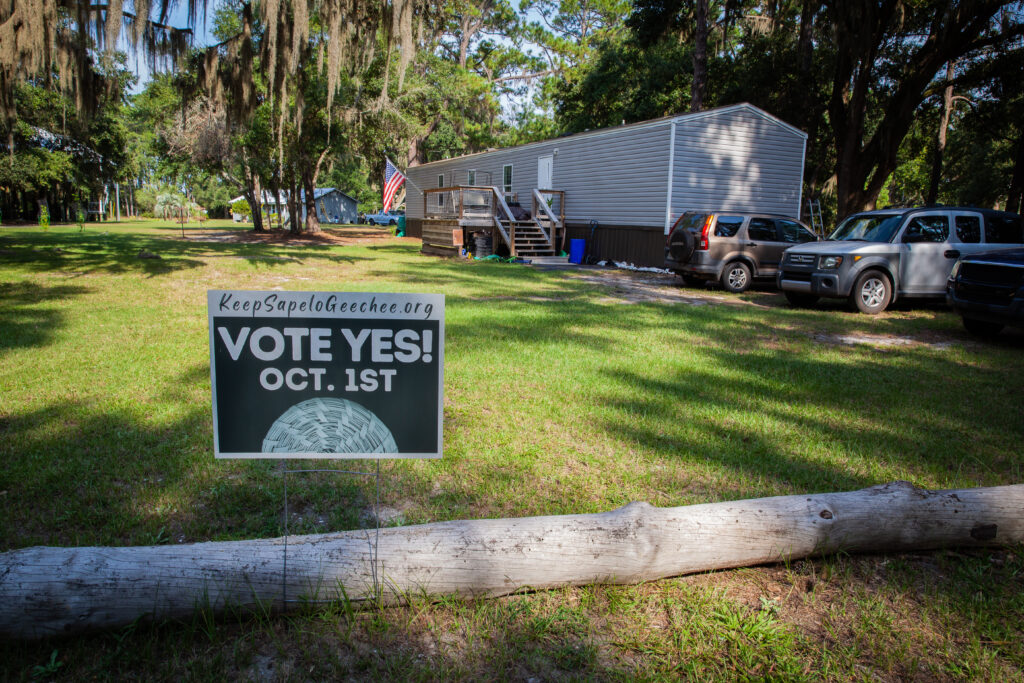
“The question before the Supreme Court was, ‘Does this referendum process, which under Georgia law allows residents to exercise the essentially the purest form of democracy, does that apply to zoning laws?” said Miriam Gutman, senior attorney for the SPLC’s Economic Justice litigation team. “And the court determined with its decision that, yes, it does.”
Gutman is one of the SPLC attorneys representing Sapelo Island residents in the SPLC’s ongoing lawsuit seeking to overturn the zoning ordinance. That case has been slowed in part because every judge on Georgia’s Atlantic Judicial Circuit, which oversees the Georgia Superior Court in McIntosh County, recused themselves from the case, citing conflicts of interest.
Megan Desrosiers, founding president and CEO of One Hundred Miles, a Georgia-based coastal advocacy organization that helped spearhead the petition drive for the preservation initiative along with several Sapelo community groups, said a successful finish to that litigation is only as reassuring as the administration enforcing it.
“No matter what the ordinance says, people are always going to ask for variances to do something different,” Desrosiers said. “The commissioners have to either decide to uphold these ordinances or decide that they’re going to let people do whatever they want. The people of McIntosh have made it clear. They want the commissioners to uphold the ordinance.”
The danger to the Geechee residents and their way of life is not only economic. In recent years, the fight to hold onto their birthright has heated up, with newcomers using every lever available to access greater control of the island.
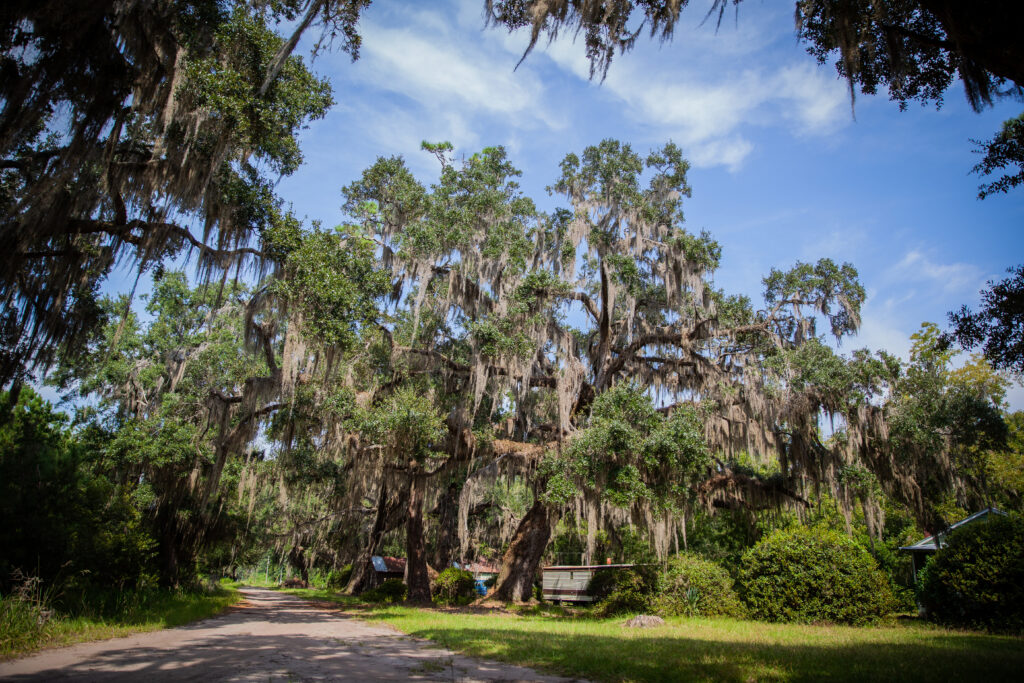
History on repeat
Native islanders have good reason to be skeptical about developers. Hogg Hummock (also known as Hog Hammock) is in a low part of the island, bordering on marsh.
The proper name of the Gullah-Geechee community is Hogg Hummock, not Hog Hammock as often reflected in official government documents. A hummock is a forested ground that rises above marshland, where the hogs were raised during the antebellum period. “Hogg” is also a Geechee family surname.
Until the 1950s, it was not the main center of the Gullah-Geechee population. That center was in Raccoon Bluff, which is on higher ground on the northeast part of the island, overlooking Blackbeard Island and the Atlantic Ocean.
It was also in the way of R.J. Reynolds’ hunting reserve. So, one by one, the Raccoon Bluff landowners and their families were forced out, relocated through land swaps, coercion or other means to the marshy plots of land in Hogg Hummock. The structures in Raccoon Bluff were razed or moved.
“What happened is that you had 13 to 15 of these communities besides Hogg Hummock — Bell Marsh, Lumber Landing, Raccoon Bluff,” said Josiah “Jazz” Watts, a justice strategist for One Hundred Miles and a Sapelo Island resident. “All these places and people were really forcibly pushed into the last Geechee community that’s on the island.”
Litigation over the Raccoon Bluff land, which is currently under state control, has been tied up in court for years. Reginald Hall, a descendant of one of the original Raccoon Bluff landowners and current owner of Mr. Hall’s General Store, said he had heard stories of the depths that attorneys working for Reynolds in the pre-Civil Rights Movement 1950s were willing to sink to in order to take control of the Raccoon Bluff land.
“If you were a little short on your taxes, they would offer a loan,” Hall said. “Then, the next year, you would be short again. Eventually the loan would come due and they would foreclose, taking the land for a pittance of its true worth.”
At the time, the island was more akin to a feudal holding than a modern community. Although the native islanders had gained their freedom almost a century earlier, R.J. Reynolds and his company still controlled the Sapelo economy.
“There was one story about a man whose wife needed to be taken to the mainland for medical care,” Hall said. “So the man was told, ‘Don’t worry, we will get your wife to a doctor — just as soon as you sign that deed.’”
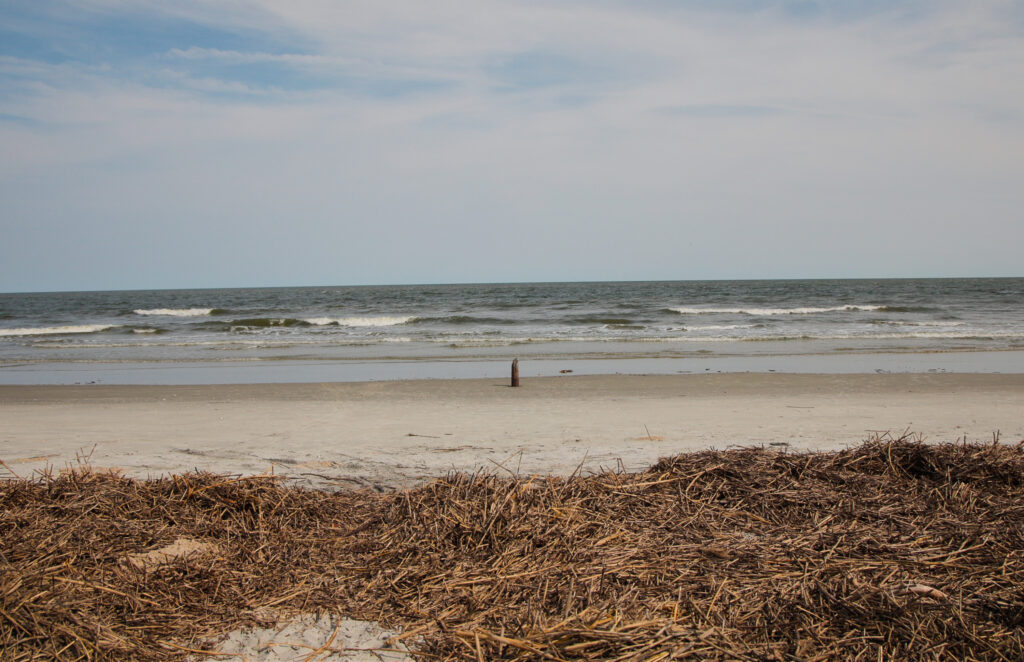
More of the same
In some ways, money and influence are becoming the currency of the realm on Sapelo. The shrinking Geechee population and lack of economic opportunity for them have forced some heirs to give up their family plots on the island. As in years past, tax issues and lack of clear title to properties have played a part in some of those transactions.
Several title cases are still in the courts, most notably those for land in the Raccoon Bluff area. The state, through the Sapelo Island Heritage Authority, has also been buying up property in the Hogg Hummock community as it becomes available, shrinking the Geechee footprint on the island.
But some new residents on the island have been very aggressive in pushing for more control over the island and its operation.
In one case, new Sapelo resident Tony Thaw, a former Glynn County commissioner, signed a lease with McIntosh County for the Sapelo Community Center, a public building renovated with the use of federal funds from the American Rescue Plan Act. He now operates a commercial bar and grill in the space, although he does have to allow it to be used as a polling place during elections.
It is now called the Minnow Trap.
Through all these current and pending changes on the island, Ire Gene Grovner hopes that he can continue to live his life as he has since Eisenhower was president.
“We still plant our garden, we still raise our chickens and raise our hogs,” he said.
He acknowledges, though, that as the Geechee population dwindles, it may only be a matter of time before the outside world comes crashing in.
“That don’t seem fair,” Grovner said. “See, we want Sapelo to stay here like the country. We don’t want it like a city. These new folks that won’t stop until it is like St. Simons and Sea Island. And we want to just stay like how it is.”
Image at top: Parthenia Myers, executive director of Mystic Roots Foundation, stands in the doorway of the artisan market she set up inside the old Mr. Hall’s General Store. (Credit: Myisa Plancq-Graham)



